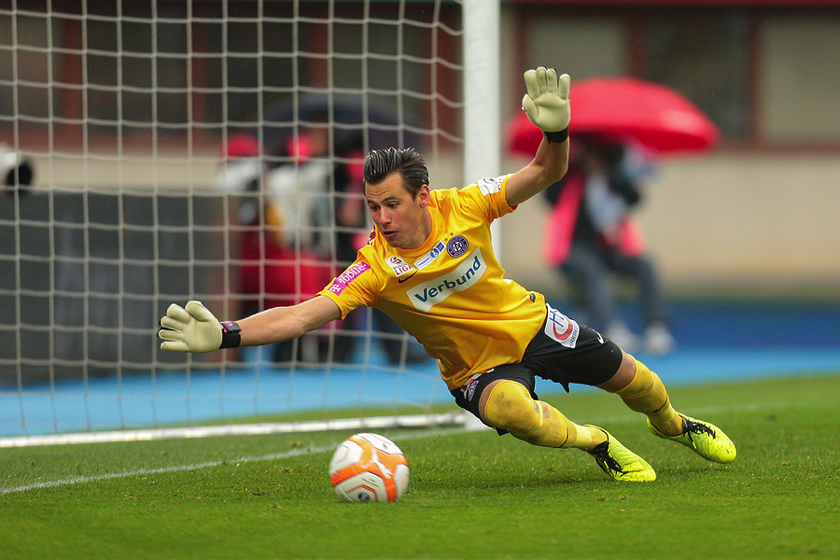Some goals in football are the work of individual brilliance – a naturally-gifted athlete doing something remarkable, be it a long range shot, a mazy solo run or a feat of acrobatic ingenuity. Other times, goals are the result of team-based artistry – it could be a long sequence of passes or a rapid counter attack.
Sometimes, goals in football are not aesthetically pleasing or a work of genius. Sometimes, they are downright ugly – not least shots that deflect into the back of the net via an unsuspecting defender. All goals in football count as one, with no points handed out for artistic merit. But there’s something about the deflected goal that makes the hairs on the back of the neck stand up… and not in a good way.
What Is a Deflected Goal in Football?
A deflection in football is where a defending player attempts to block a shot and the ball inadvertently ends up in the back of the net. There is nothing deliberate about a deflection – it’s just the laws of physics and bad luck combining to condemn a team to a concession of a goal.
Sometimes, the deflection is minor – i.e. it doesn’t stop the ball from travelling on its expected path or the deviation is only minor. But, as you can see in this example from Major League Soccer, the deflection itself creates the goal – otherwise, the shot/cross/pass would not have ended up in the back of the net.
The question is when does a deflection count as an own goal? Be under no illusion, no striker wants a goal taken off them because the dubious goals panel have decided that the deflection actually constitutes an own goal. In football betting, sometimes a punter’s first or anytime goalscorer bet will be disputed on how the goal is categorised – they may see a ‘winning’ bet shot down in flames if it’s decided that a deflection should be considered an own goal.
What Is an Own Goal in Football?
An own goal in football occurs when a defending player turns the ball into their own net. They might inadvertently turn a cross into their box into their own goal, they might misplace a back-pass or a goalkeeper might fumble a shot into the net – all are examples of own goals in football.
Some own goals are unlucky, some are comical. The definition is that the player does something to turn the ball into their own net – if the shot was going in anyway and the defender gets a little touch on it, the goal is typically marked down for the attacking player.
Are Deflections Classed as Own Goals?
The decision on whether a deflection should be classed as an own goal or not, in English football at least, is made by data firm OPTA. They answer our question thus:
Regarding deflections, normally a goal is awarded if the original attempt is on target. An own goal is usually awarded if the attempt is off target and deflected into the goal by an opponent.
The path of the ball from the shot determines whether a deflection is simply a trivial matter – and the goal is awarded to the attacking player, or whether the deflection is responsible for the ball nestling in the back of the old onion bag.
What Is the Goal Accreditation Panel?
Whenever there’s a goal that requires a final decision to be made on who was ultimately responsible for it – the shooter or the deflection via a defender, the Premier League calls upon its Goal Accreditation Panel to come to a conclusion.
A club can appeal against the panel’s decision, but for the most part what this three-person team – usually made up of at least one representative from the referee’s body PGMOL – says goes.
After review, the Goal Accreditation Panel have confirmed Aston Villa’s goal was a Ciaran Clark own goal#NEWAVL https://t.co/6OBp0HJvD5
— Premier League (@premierleague) March 12, 2021
In the Football League, the equivalent of the Goal Accreditation Panel is called the Dubious Goals Committee, and that has the same function and power to govern over debatable strikes netted in the EFL. Bizarrely, neither UEFA or FIFA have such an organisation of their own – quite how the scorer of sketchy goals in the Champions League or World Cup is determined nobody really seems to know.

